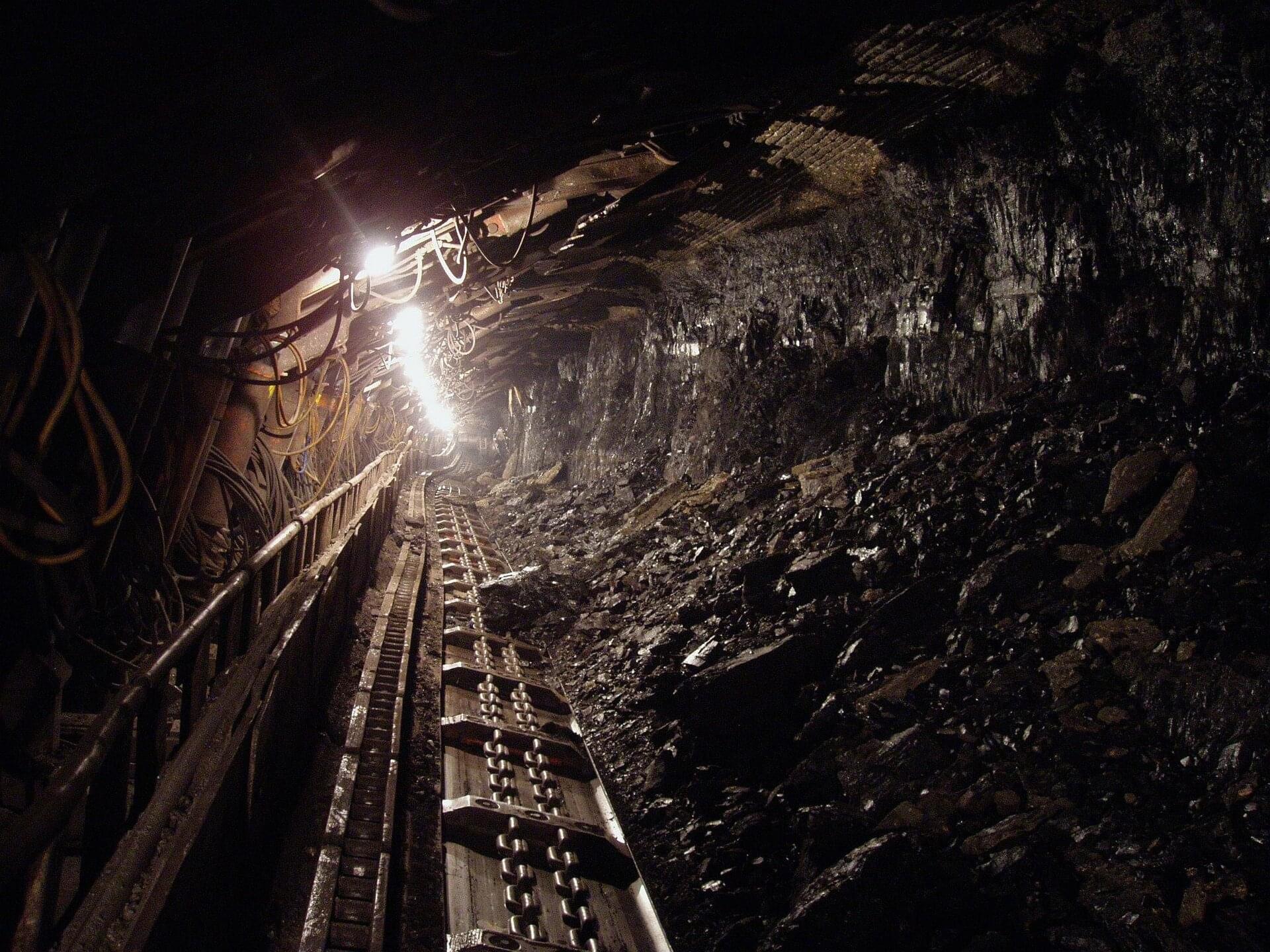Doug Philippone, co-founder of Snowpoint and former head of global defense at Palantir, will also join Valar’s board of directors.
Valar is one of several nuclear startups that hopes to benefit from President Trump’s push to deploy new reactor technology in the U.S. by cutting regulations and accelerating approvals.
Based outside Los Angeles, Valar is one of several reactor developers and states that are suing the Nuclear Regulatory Commission over its licensing process for small reactor designs. The parties to the suit are seeking a resolution with the NRC in the wake of Trump’s executive order that would overhaul the regulator. The case has been temporarily paused due to the government shutdown.









